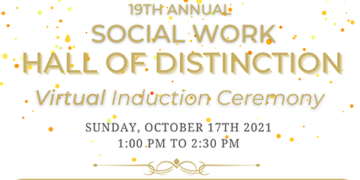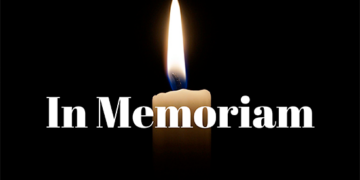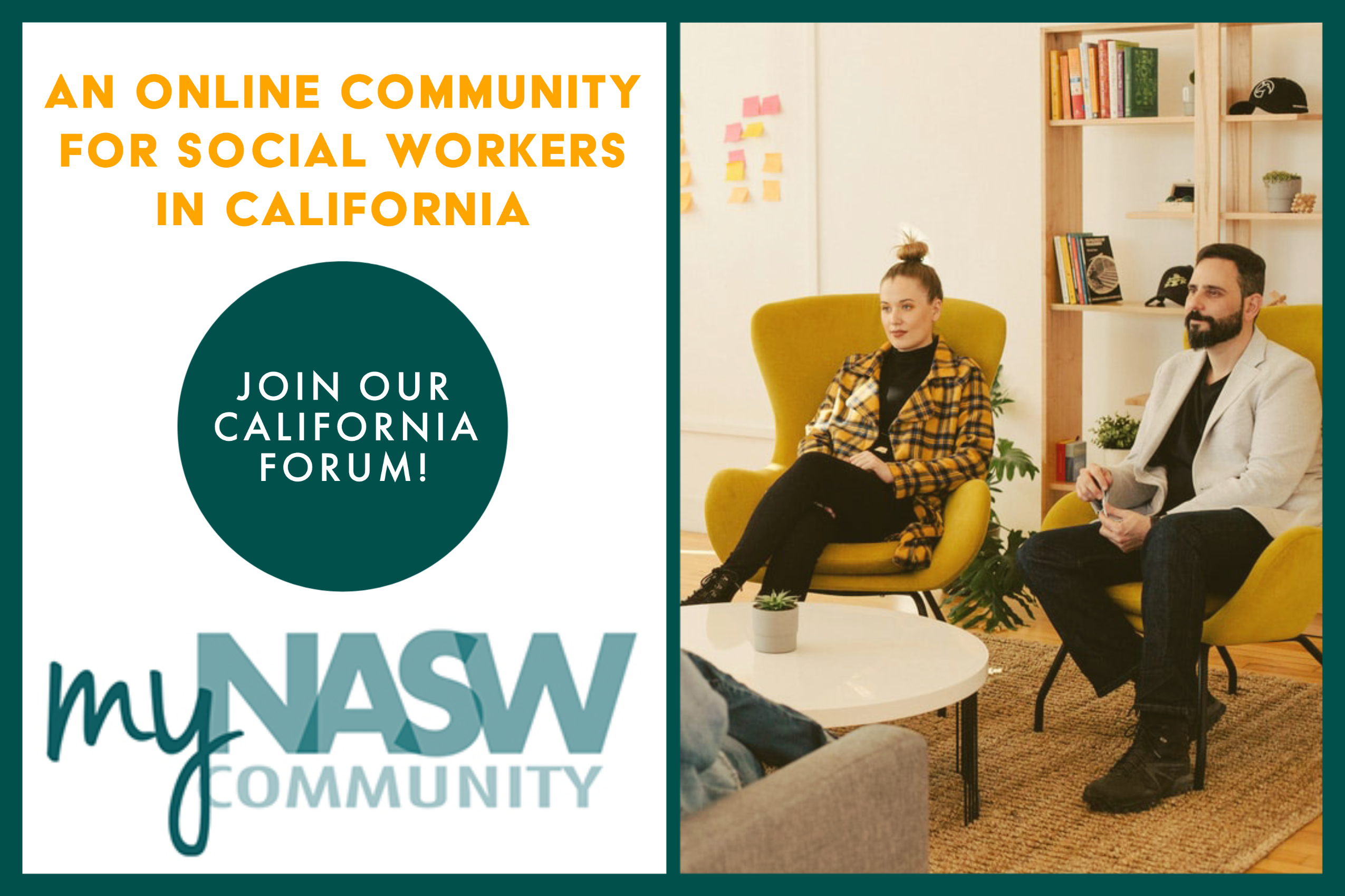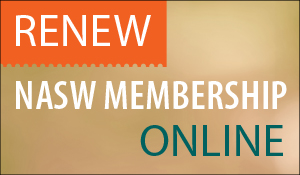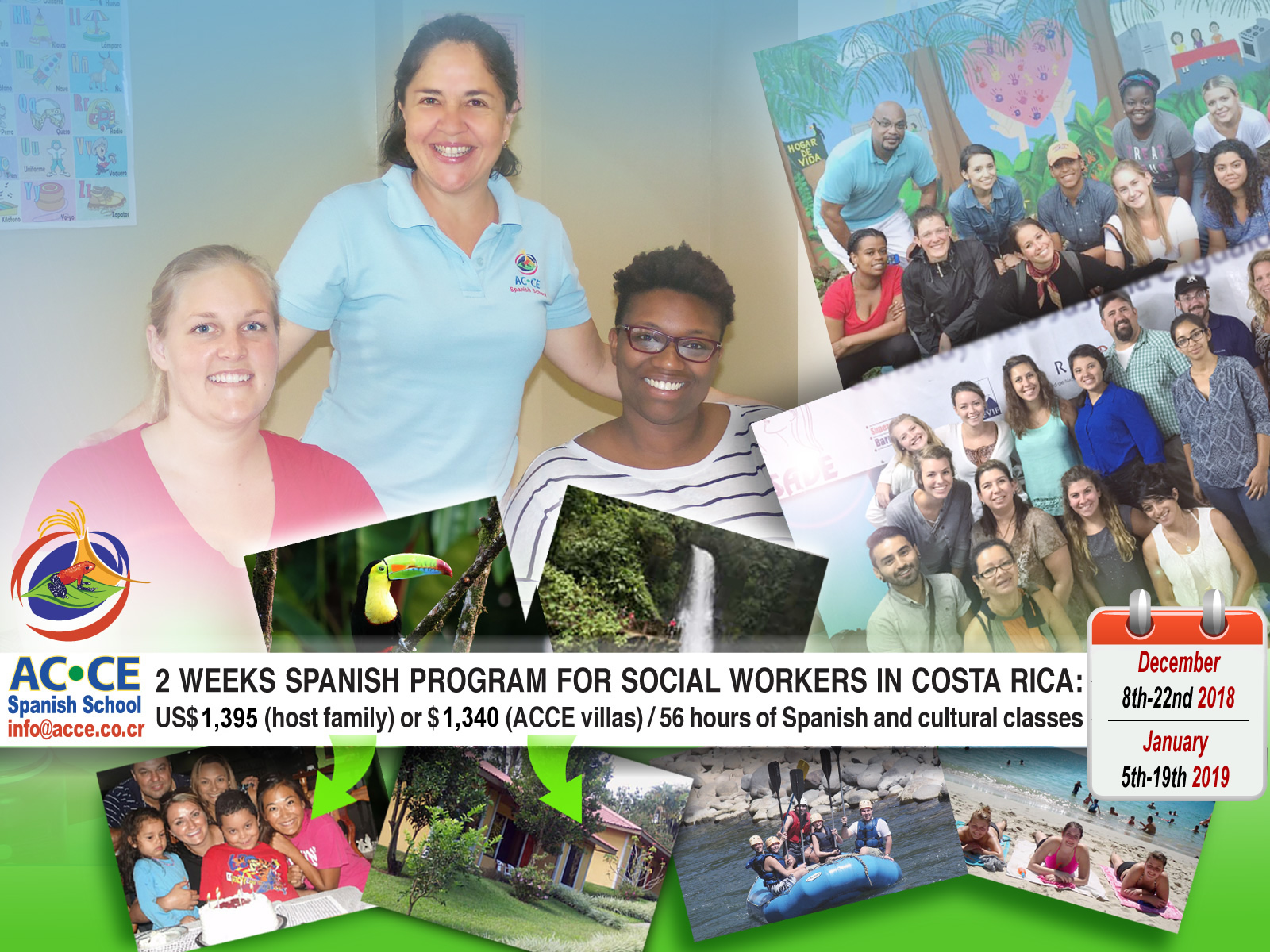
By Allison Murdach, LCSW (retired)
This column examines words which impact social work practice and are thus important for social workers to ponder and explore. Our word for this column is: relationship.
For decades a key social work term used to describe the interaction between professional social worker and client was relationship. This term, which in social work denoted the social interaction between individual practitioners and others, was central to social work thinking for decades beginning in the profession’s earliest days to at least the 1960s. In those days the process and permutations of social worker relationships to their clients were exhaustively examined in social work literature, training, performance evaluation and supervision. As time progressed this focus became fused with ideas derived from psychology and psychiatry which increasingly emphasized the importance, intensity and essential qualities of this interaction and its cultivation by the practitioner as a means of guaranteeing therapeutic success in working with clients. Process qualities such as empathy, warmth, attentiveness, reliability, sympathy and intuition received close attention and were stressed in discussions of “the” ideal social work relationship with clients. Eventually this relationship came to be described loftily as the very “soul” of all social work practice.
However, in 1965 a research study was produced that shook all the assumptions embodied in such views of practice to their core. The study was entitled Girls at Vocational High and reported the results of a six-year research project conducted by the Russell Sage Foundation to determine whether or not intensive relationships by social caseworkers and group workers could be effective in reducing problem behavior among female adolescents. The students in the study were divided into two groups, an “experimental” and a control group. The first was offered intensive social work treatment to help them improve their behavior. The second group was offered only routine guidance and no special interventions. After six years, the study demonstrated almost no measurable difference in the outcomes of the two groups. This finding released a storm of both public and professional criticism of the social work profession, which was seen as failing to justify its existence. This outcry also fundamentally redirected the profession’s efforts to gain credibility with the general public. No longer, it was felt, could the profession claim respectability on the basis of its authority and its past historical importance and contributions. Now it could only gain the public’s trust by demonstrating its effectiveness and ability to make good on its promises through the show of tangible results.
Consequently the principal emphasis in the field became, not claims of good deeds and charitable intentions, but practical and measurable results in the everyday lives of individuals using their services.
Because of these developments, all thoughtful consideration of social work relationships with clients took a back seat to an obsession with numbers and statistics that demonstrated the profession’s ability to achieve verifiable goals in all interventions. In other words, the emphasis in social work interventions shifted from a focus on worker performance. (Was the worker too passive? Too controlling? Too judgmental? Sufficiently supportive? Too quick to give advice? etc.) to a focus on client outcomes (Did the client achieve measurable results? Did the client benefit? Did the client achieve his or her goals? Can this be verified? How? etc.).
Currently, however, interest in the worker–client relationship is reviving at least in a more limited and realistic way, especially through the work of authors such as Lawrence Shulman and Ronald Rooney. These efforts have developed a more nuanced view of worker–client interactions and have helped to develop the view that there is not simply one kind of ideal “social work relationship” but a variety of differing relationships with clients depending upon their unique situations, needs and demands. Shulman has tried to parse out the common elements in such relationships and Rooney has examined the ways in which these elements differ in various circumstances. Such work builds upon the seminal earlier work of Perlman, who sought to bring a “problem solving” focus to all social work helping interactions. Possibly efforts such as these can once again kindle an interest in the “helping process” itself which can then in some way mollify the current obsession with statistical outcomes.




